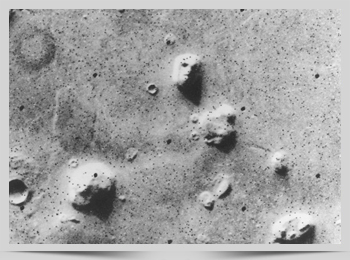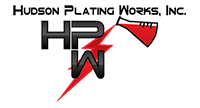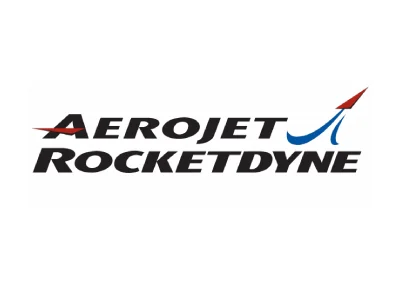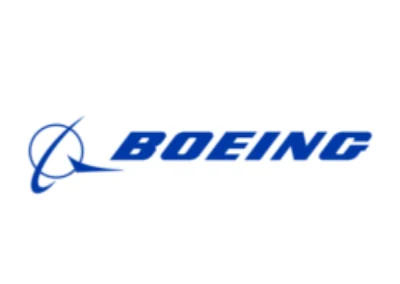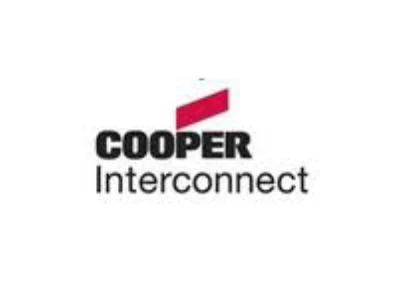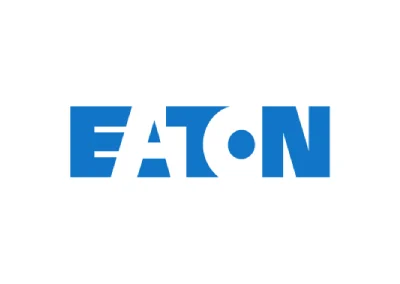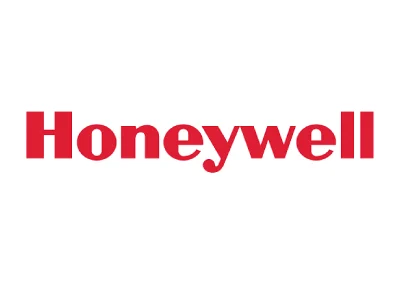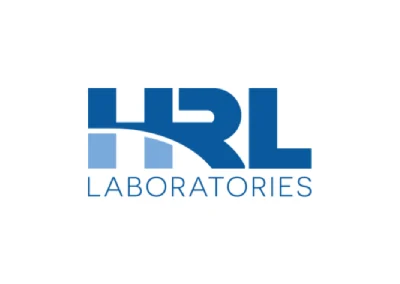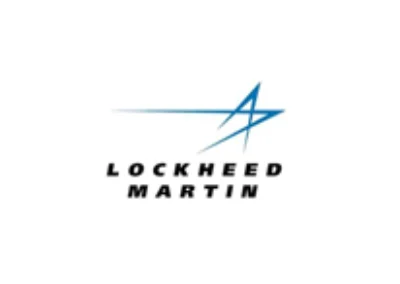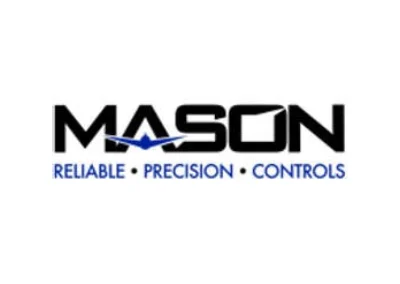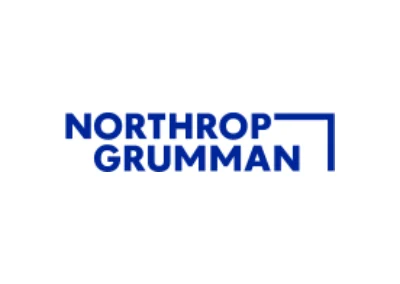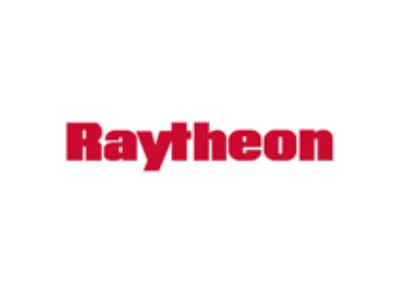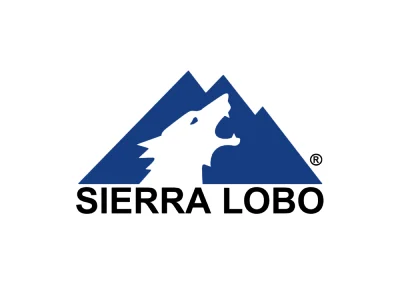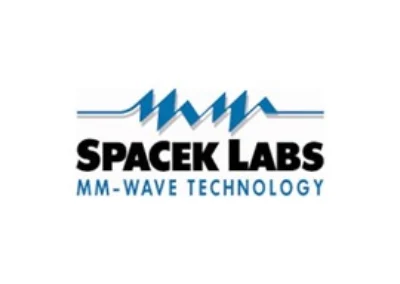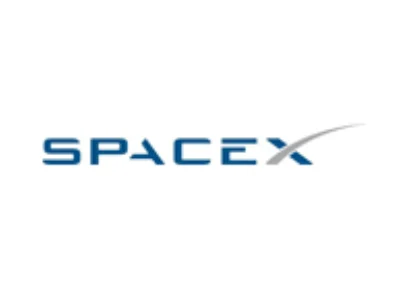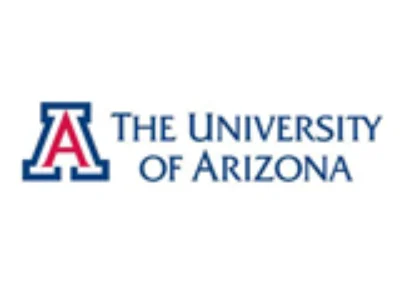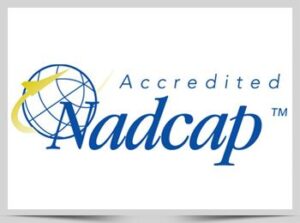A Mars rover is an automated motor vehicle which propels itself across the surface of the planet Mars after landing. Rovers have several advantages over stationary landers: they examine more territory, they can be directed to interesting features, they can place themselves in sunny positions to weather winter months and they can advance the knowledge of how to perform very remote robotic vehicle control.
There have been three successful Mars rovers, all of them robotically operated. The Jet Propulsion Laboratory managed the Mars Pathfinder mission with its Sojourner rover and currently manages the Mars Exploration Rover mission with its two rovers, Spirit and Opportunity, for NASA’s Office of Space Science, Washington, DC.
- The Sojourner rover, Mars Pathfinder, landed successfully on July 4, 1997. Communications were lost on September 27, 1997.
- Spirit (MER-A), Mars Exploration Rover, landed successfully on January 4, 2004. Nearly 6 years after the original mission limit, Spirit had covered a total distance of 7.73 km (4.80 mi) but its wheels became trapped in sand. Around January 26, 2010, NASA admitted defeat in its efforts to free the rover and stated that it would now function as a stationary science platform. The last communication received from the rover was on March 22, 2010 and NASA ceased attempts to re-establish communication on May 25, 2011.
- Opportunity (MER-B), Mars Exploration Rover, landed successfully on January 25, 2004. Opportunity was still operating as of 2012, having surpassed the previous record for longevity of a surface mission to Mars on May 20, 2010.
- Curiosity, Mars Science Laboratory, by NASA. It was launched November 26, 2011 and is scheduled land on Mars on Aeolis Palus in Gale Crater, near Aeolis Mons (formerly, “Mount Sharp”), between August 6 and August 20, 2012.


SOHO was launched on December 2, 1995. The SOHO spacecraft was built in Europe by an industry team led by Matra, and instruments were provided by European and American scientists. NASA was responsible for the launch and is now responsible for mission operations. Large radio dishes around the world which form NASA’s Deep Space Network are used to track the spacecraft beyond the Earth’s orbit. Mission control is based at Goddard Space Flight Center in Maryland.

The Space Shuttle is a partially reusable launch system and orbital spacecraft operated by the U.S. National Aeronautics and Space Administration (NASA) for human spaceflight missions. The system combined rocket launch, orbital spacecraft, and re-entry spaceplane with modular add-ons. The first of four orbital test flights occurred in 1981 leading to operational flights beginning in 1982. It was used on a total of 135 missions from 1981 to 2011 all launched from the Kennedy Space Center, Florida.
Major missions included launching numerous satellites, interplanetary probes, the Hubble Space Telescope (HST), conducting space science experiments, and constructing and servicing the International Space Station. Major components included the orbiters, recoverable boosters, external tanks, payloads, and supporting infrastructure. A total of five space-worthy orbiters were built.
Each reusable launch system is composed of three main assemblies: the reusable Orbiter Vehicle (OV), the expendable external tank (ET), and the two reusable solid rocket boosters (SRBs). Only the orbiter entered orbit shortly after the tank and boosters are jettisoned. The vehicle was launched vertically like a conventional rocket, and the orbiter glided to a horizontal landing like an airplane, after which it was refurbished for reuse. The SRBs parachuted to splashdown in the ocean where they were towed back to shore and refurbished for later Shuttle missions.

